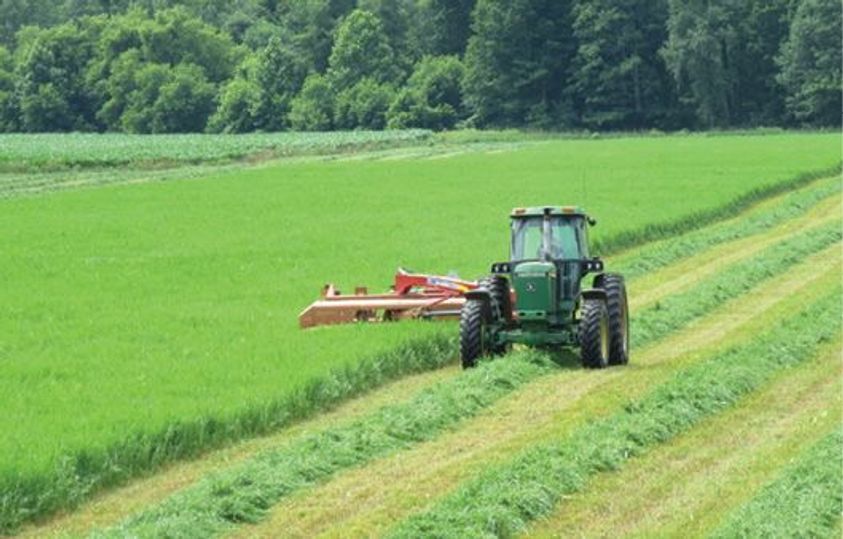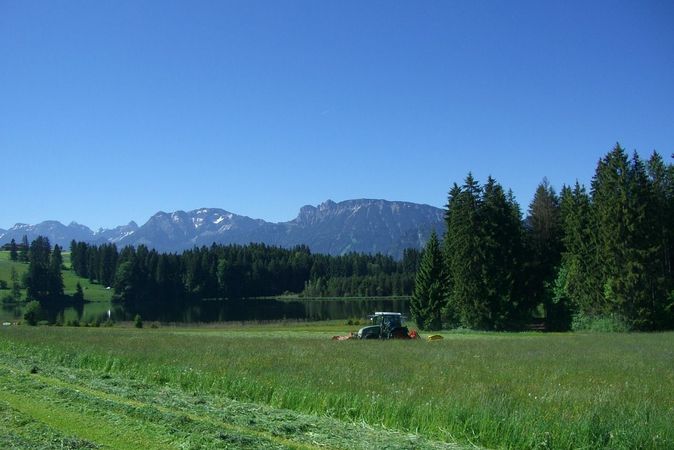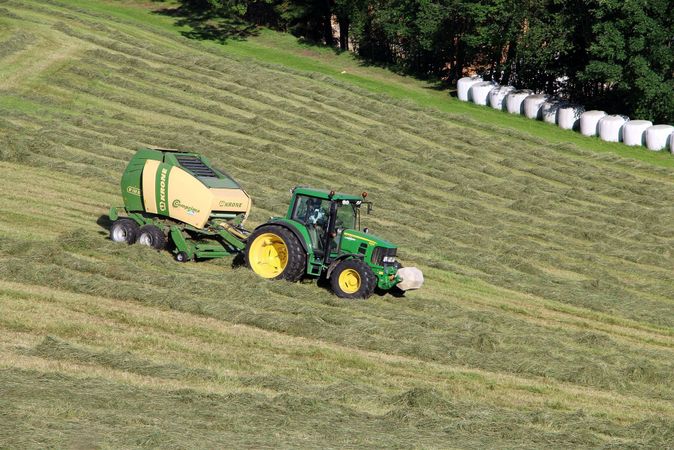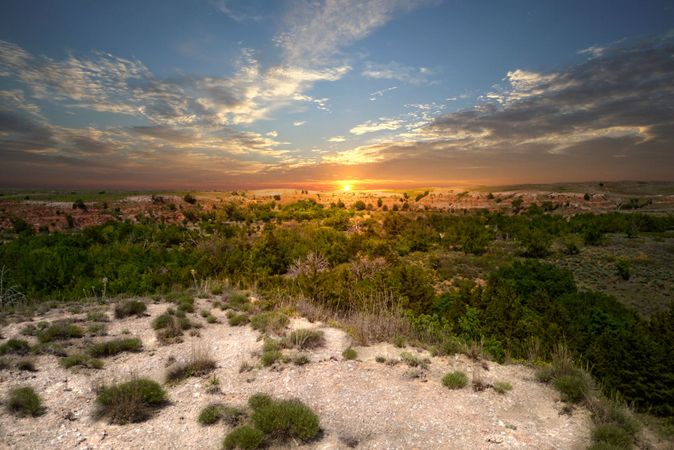Back in the early spring we began the planning, then planting, of summer food plots, crops and hay fields. If you didn’t notice it this past weekend, the harvest moon was quite a spectacle, which also means that crops should just about be completely out of the field and hay baled - this, or course, excluding late cuttings on orchard grass and other cool-weather grasses.
Let’s say you operate your farm or ranch on a lesser scale than some major operations, ie. you maintain fields mostly for wildlife and cut a little hay. You had your spring cutting, which yielded winter wheat and clover. Those fields were then re-sowed in foxtail and pearl millet with some clover volunteering itself back.
The repeating process goes something like this:
Millet Cut and Baled
Millet gets cut early August and lays for three days before it’s tethered. It’s scattered once more on the morning of day six, now that all the thick stalks have let go of their moisture. That afternoon, it gets baled.
You Want to Dove Hunt
Now that the millet has been cut, baled and moved out of the field, let the field rest for a week. Dove are on their natural migration flight south and will flock to the millet seed that remains in the field. Let this initial food source contribute to holding birds on your farm.
Field Gets Disked, Then Cultipacked
By this time it’s mid August. You’re ready to disk the fields, then cultipack the earth down smooth. The latter is very important because riding a rough field on a tractor pulling a hay mower or baler is not a good experience. You’ll want to fix all ruts, washes and naturally occurring drainage ditches during this time.
Broadcast Winter Wheat
Winter wheat will serve as the foundation of cold-weather fields and a further attractant for the dove, deer and turkey. Simply broadcast it on top of the cultipacked field. What’s not eaten right away will make contact with the dirt and sprout naturally.
Sow Clover
Now that dove season has pretty much come and gone and the wheat has shot up calf high, it’s time to thicken the fields with clover, such as Imperial Whitetail Clover. Clover, perhaps the best plant for filling in the gaps, can spruce up the spring hay yield exponentially. It will also mix with the wheat to create an incredibly high-quality forage for deer and turkey.
Fertilize
A well-balanced fertilizer, such as 13-13-13 (or 19-19-19), will give your fields an extra boost before the grasses go dormant.
Now your fields serve three purposes: 1) They provide hay; a source of income. 2) They’ll allow you a few weekends of dove hunting and an excuse to listen to college football on FM radio. 3) Come winter, they’re an excellent food source and stand location for deer; and turkey in the spring.







